
By Tien Nguyen, Department of Chemistry
Using a special profiling technique, scientists at Princeton have determined the mechanism of action of a potent antibiotic, known as tropodithietic acid (TDA), leading them to uncover its hidden ability as a potential anticancer agent.
TDA is produced by marine bacteria belonging to the roseobacter family, which exist in a unique symbiosis with microscopic algae. The algae provide food for the bacteria, and the bacteria provide protection from the many pathogens of the open ocean.
“This molecule keeps everything out,” said Mohammad Seyedsayamdost, an assistant professor of chemistry at Princeton and corresponding author on the study published in the Proceedings of the National Academy of Science. “How could something so small be so broad spectrum? That’s what got us interested,” he said.
In collaboration with researchers in the laboratory of Zemer Gitai, an associate professor of molecular biology at Princeton, the team used a laboratory technique referred to as bacterial cytological profiling to investigate the mode of action of TDA. This method involves destroying bacterial cells with the antibiotic in the presence of a set of dyes, and then visually assessing the aftermath. “The key assumption is that dead cells that look the same probably died by the same mechanism,” he said.
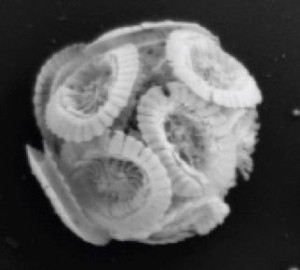
The team used three dyes to evaluate 13 different features of the deceased cells, such as cell membrane thickness and nucleoid area, comprising TDA’s cytological profile. By comparing to profiles of known drugs, the researchers found a match with a class of compounds called polyethers, which possess anticancer activity.
Given their similar profiles, Seyedsayamdost and coworkers hypothesized that TDA might exhibit anticancer properties as well, and indeed observed its strong anticancer activity in a screen against 60 different cancer cell lines. “The strength of this profiling technique is that it tells you how to repurpose molecules,” Seyedsayamdost said.
The researchers were surprised by the compounds’ shared mode of action because unlike the small sized TDA, polyether compounds are quite large. But through different chemical reactions, they are both able to cause chemical disruptions in the cell membrane that render the bacterium unable to produce the energy needed to perform critical tasks, such as cell division and making proteins.
In addition to TDA’s killing mechanism, the researchers were interested in understanding the mechanism by which a bacterial strain could become resistant to the antibiotic. Particularly, they wondered how the marine roseobacter kept itself safe from the deadly antibiotic weapon that it produced.
The research team approached the task by probing the genes in roseobacter that synthesize TDA as well as the surrounding genes. They identified three nearby genes responsible for transport in and out of the cell, and upon transferring these specific genes to E. coli, were able to produce an elusive TDA resistant bacterial strain.
“We often look at natural products as black boxes,” said Seyedsayamdost, “but these molecules have evolved for millennia to fulfill a certain function. By linking the unusual structural features of TDA to its mode of action, we have begun to explain why TDA looks the way it does.”
Read the abstract:
Wilson, M. Z.; Wang, R.; Gitai, Z.; Seyedsayamdost, M. R. “Tropodithietic Acid: Mode of Action and Mechanism of Resistance.” Proc. Natl. Acad. Sci. 2016, Published online on January 22, 2016.
This work was supported by grants from the National Institutes of Health (GM 098299 and 1DPOD004389).

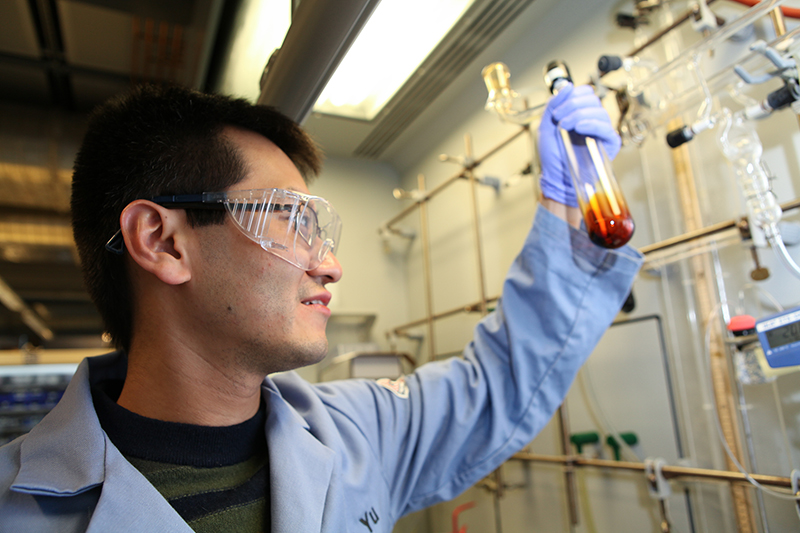

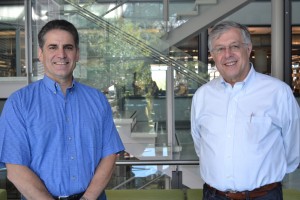
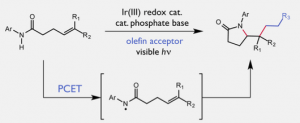
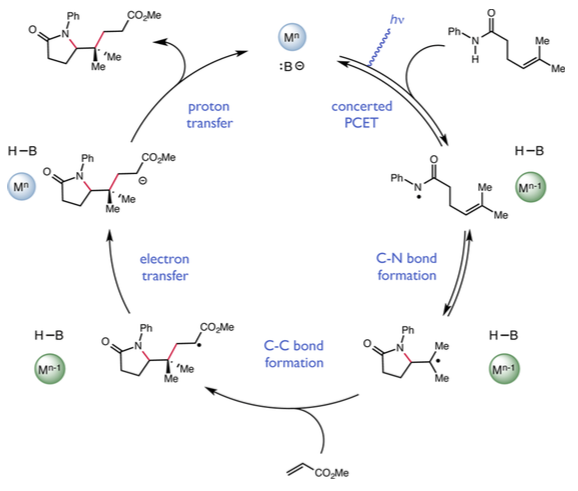
![Schematic for cobalt-catalyzed [2pi+2pi] reaction.](https://blogs.princeton.edu/research/wp-content/uploads/sites/56/2015/06/2015_06_09_Chirik.png)
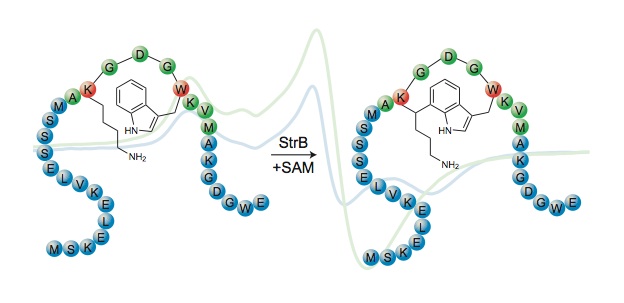

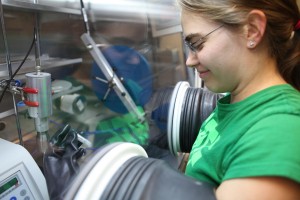
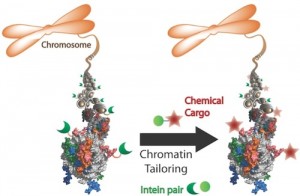
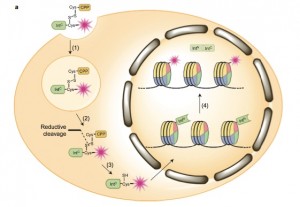
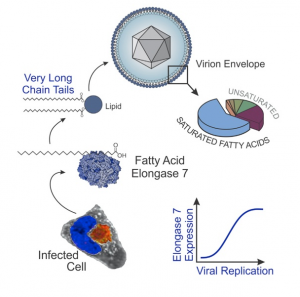 By: Tien Nguyen, Department of Chemistry
By: Tien Nguyen, Department of Chemistry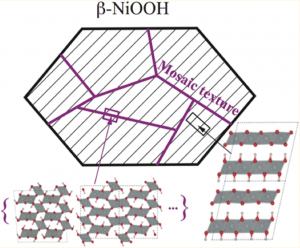
![[2Fe–2S] cluster in front of a leaf. (Image by C. Todd Reichart)](https://blogs.princeton.edu/research/wp-content/uploads/sites/56/2014/11/2014_11_21_Chan-625x468.jpg)
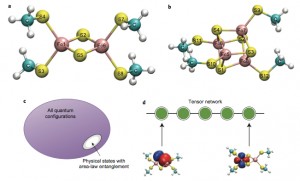
You must be logged in to post a comment.